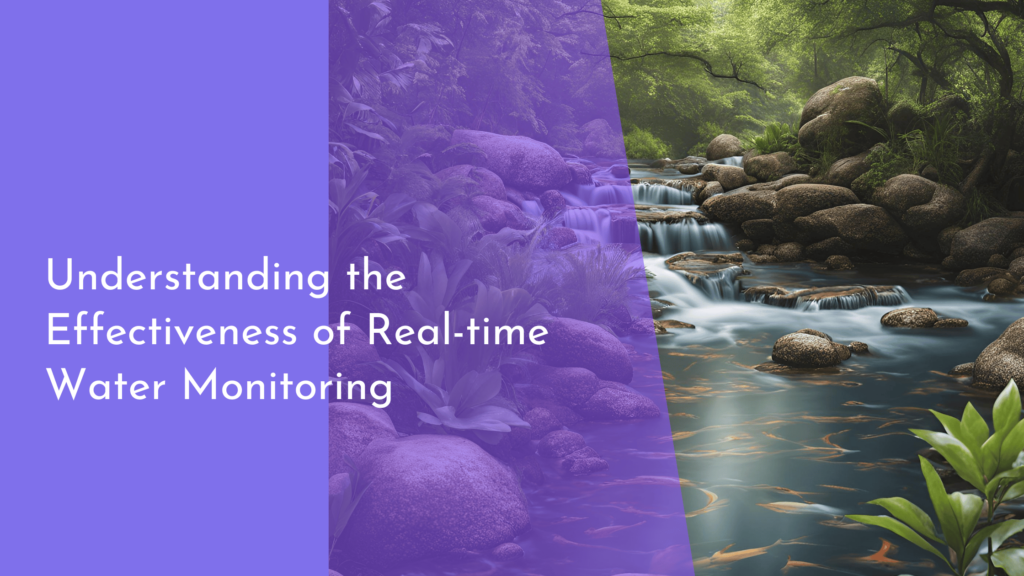Life Cycle Assessments for Sustainable Fuel Practices
As the world grapples with the pressing need for cleaner energy solutions, life cycle assessments (LCAs) have emerged as a pivotal tool in evaluating the environmental impact of sustainable fuel practices. These assessments provide a comprehensive analysis of the various stages involved in fuel production, from raw material extraction to disposal. By scrutinizing each phase, LCAs enable stakeholders to make informed decisions that promote sustainability and efficiency in energy production and consumption.
In this article, we will explore the intricacies of life cycle assessments, their benefits for our planet, how they influence current fuel innovations, and the practical steps to implement these assessments effectively. Embracing sustainable fuel practices, guided by robust LCAs, can lead us toward a cleaner, greener future.
Understanding Life Cycle Assessments for Clean Fuels
Life cycle assessments are analytical tools that assess the environmental impacts of a product or process throughout its life cycle. In the context of clean fuels, this means evaluating every stage from the extraction of raw materials, production, distribution, use, and ultimately, disposal or recycling. By employing LCAs, researchers and policymakers can quantify the greenhouse gas emissions, energy consumption, and other ecological effects associated with different fuel options. This comprehensive view provides a clearer picture of which fuels truly contribute to sustainability.
Moreover, LCAs are not just about identifying negative impacts; they also highlight opportunities for improvement. For instance, by identifying stages in the fuel lifecycle that have the highest carbon footprint, companies can innovate and implement more sustainable practices. This not only reduces environmental harm but also enhances the overall efficiency of fuel production, leading to a win-win scenario for both businesses and the planet.
The Benefits of Sustainable Fuel Practices for Our Planet
Sustainable fuel practices offer numerous benefits that extend far beyond just reducing emissions. By shifting to renewable energy sources, such as solar, wind, and biofuels, we can significantly decrease our reliance on fossil fuels, which are finite and contribute to climate change. Additionally, sustainable fuels often utilize waste products or byproducts, thus promoting a circular economy where resources are reused rather than disposed of. This approach not only conserves natural resources but also reduces overall pollution and environmental degradation.
Furthermore, the transition to sustainable fuels can stimulate economic growth and job creation in renewable energy sectors. As investments in clean technology continue to rise, new industries emerge, providing employment opportunities and fostering innovative solutions. By embracing sustainable fuel practices, we not only protect our planet but also contribute to a resilient economy that thrives on clean energy.
How Life Cycle Assessments Shape Fuel Innovation Today
Life cycle assessments play a crucial role in fueling innovation in the energy sector. By providing a clear understanding of the environmental impacts associated with various fuel sources, LCAs guide researchers and developers toward creating more efficient fuel technologies. For example, by assessing the energy inputs and outputs of biofuel production, LCA findings can lead to optimizing agricultural practices and refining conversion processes that increase yield and decrease emissions.
Moreover, LCAs foster collaboration between industries and stakeholders by creating a common framework for evaluating sustainability. This transparency encourages companies to share best practices and learn from one another, leading to the development of cutting-edge technologies that are both economically viable and environmentally friendly. As the demand for sustainable fuels continues to rise, LCAs remain at the forefront of innovation, paving the way for a cleaner energy future.
Steps to Implement Life Cycle Assessments for Fuels
Implementing life cycle assessments for fuels involves several key steps that organizations can follow to ensure a thorough evaluation. The first step is to clearly define the goal and scope of the assessment, including the fuel types to be analyzed and the specific environmental impacts to be measured. This preliminary phase sets the foundation for a focused and effective LCA that meets the needs of stakeholders.
After establishing the scope, the next step is to collect data related to each stage of the fuel’s life cycle. This includes gathering information on raw material extraction, production processes, transportation, usage, and disposal methods. Once the data is collected, it is analyzed to calculate the environmental impacts associated with each phase. The final step involves interpreting the results, drawing conclusions, and making recommendations based on the findings. By following these steps, organizations can effectively leverage LCAs to drive sustainability in their fuel practices.
In conclusion, life cycle assessments provide invaluable insights that empower us to make informed decisions regarding sustainable fuel practices. By understanding the full environmental impact of different fuel options, we can champion cleaner, more efficient energy solutions that benefit both our planet and our economy. As we continue to innovate and adopt sustainable practices, LCAs will remain an essential tool in guiding our journey toward a greener future. Let’s embrace these assessments and commit to making choices that will leave a positive legacy for generations to come!

